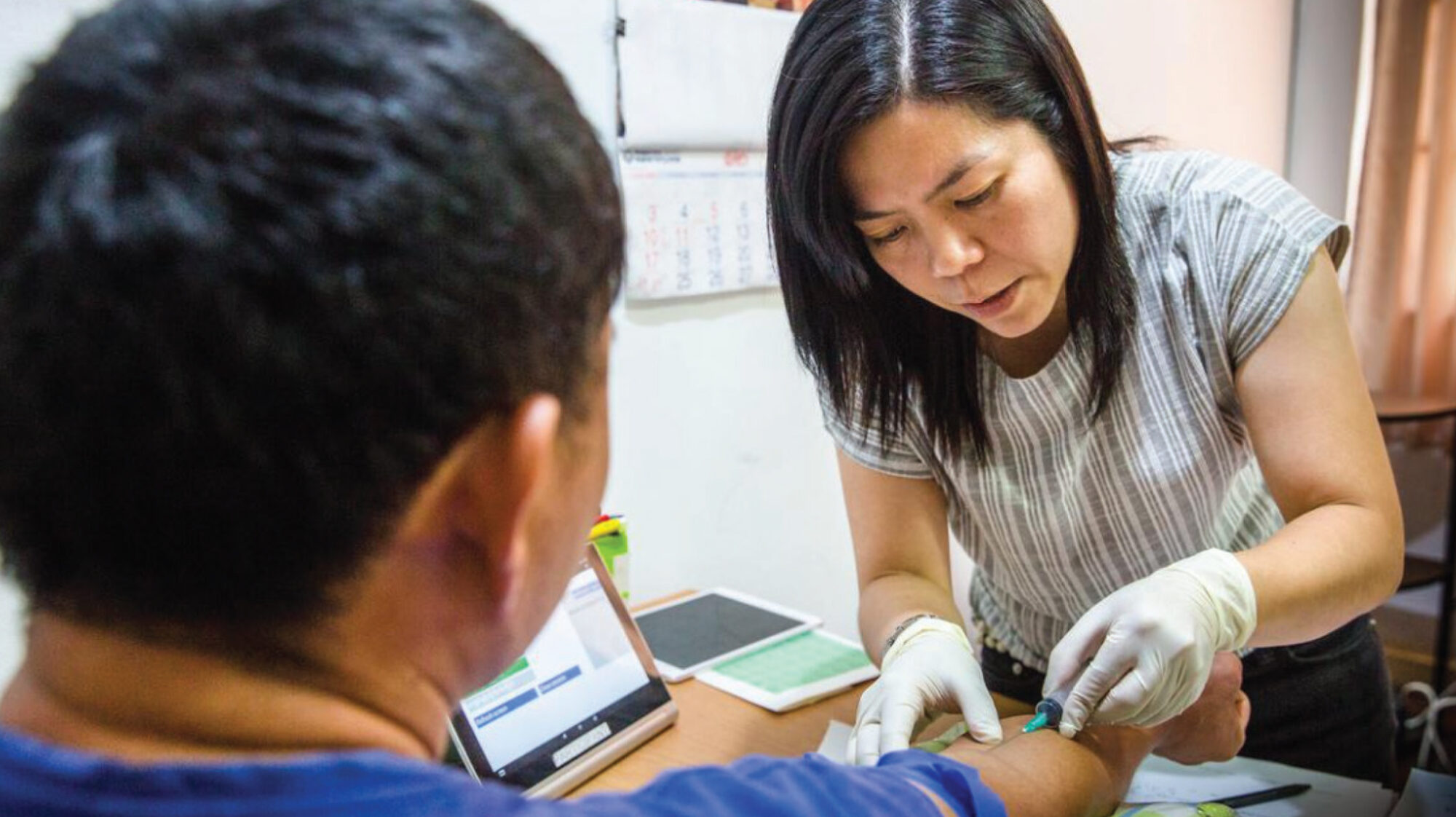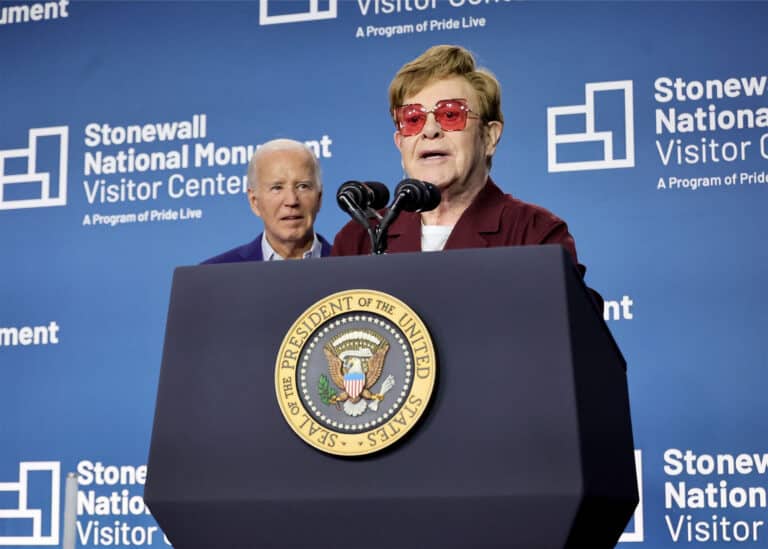Twenty years ago, the AIDS epidemic was at its peak, claiming two million lives in 2004 alone. But a robust and sustained global response did what then seemed impossible – it turned the tide and dramatically drove down mortality rates. The HIV response not only made history: it has had a profound impact on global health, well beyond the confines of one disease.
Improvements in infrastructure, science and community engagement, driven and informed by the HIV response, have demonstrated they can enhance global health by directing investments towards more comprehensive services for communities. Working together to include community organizations and government partners can encourage new ideas that focus on helping the most marginalized and make a difference worldwide.
As our new report with UNAIDS shows, HIV programs are strengthening health systems and enhancing access to care that puts people first in countries around the world.
In Action: The Strengthening of Health Systems
In our report, we took a look at Colombia, where HIV care is an inspiring model of care for other diseases. A network and treatment system specifically developed for HIV is now being used for comprehensive, coordinated care for other chronic diseases, including diabetes, cancer and cardiovascular diseases.
While in Côte d’Ivoire, laboratory systems strengthened through HIV investments are contributing to diagnosing multiple health issues, including maternal and child health, tuberculosis, viral hepatitis and COVID-19. Even before the COVID-19 pandemic, laboratory equipment and personnel supported through HIV investments were enabling analyses used to diagnose and monitor pregnancy, hypertension and other chronic health issues.
Community systems and engagement models pioneered by the HIV response are now serving as the backbone for pandemic preparedness in many countries, increasing resilience against future pandemics. Uganda leveraged the nationwide community network established through HIV investments to rapidly bring an outbreak of Ebola under control. Likewise, community systems catalyzed by the HIV response proved critical in the COVID-19 response in South Africa.
The stigma and marginalization caused by HIV, has required innovation in reaching communities, including those historically excluded from health care. Today, HIV services are reducing structural barriers for marginalized populations, ensuring services beyond HIV are trusted, accessible and appropriate for the most marginalized communities. This is a central goal for universal health coverage.
In countries such as Colombia, Côte d’Ivoire, Jamaica and Thailand, HIV investments have enabled the creation of trusted, community-led service options that are now delivering holistic care to communities that are often not well served by mainstream health facilities. In doing so, these key population-led services are helping mitigate the deterrent effects of stigma and contributing to community empowerment.

Thailand is one such example. With the support of United Nations partners, community-led service providers have taken steps to integrate harm reduction services for people who use or inject drugs through existing systems of HIV care.
Fundamentally, HIV activism is increasing awareness of and commitment to health as a human right. In Colombia, a gay man living with HIV was the first person in the country to claim the right to health in a court of law, asserting his fundamental human right to antiretroviral therapy. In subsequent years, the work of HIV activists has inspired advancement of the right to health across the health system, including health care reforms that led to universal health coverage.
From the most challenging of origins, a disease steeped in stigma and discrimination has pioneered HIV care systems that have life-changing benefits across diverse communities and countries. Continued investment in HIV must be seen not as a competing health priority, but as central to the goal of universal health coverage.
Read the full report, Expanding the HIV response to drive broad-based health gains: Six country case studies.






